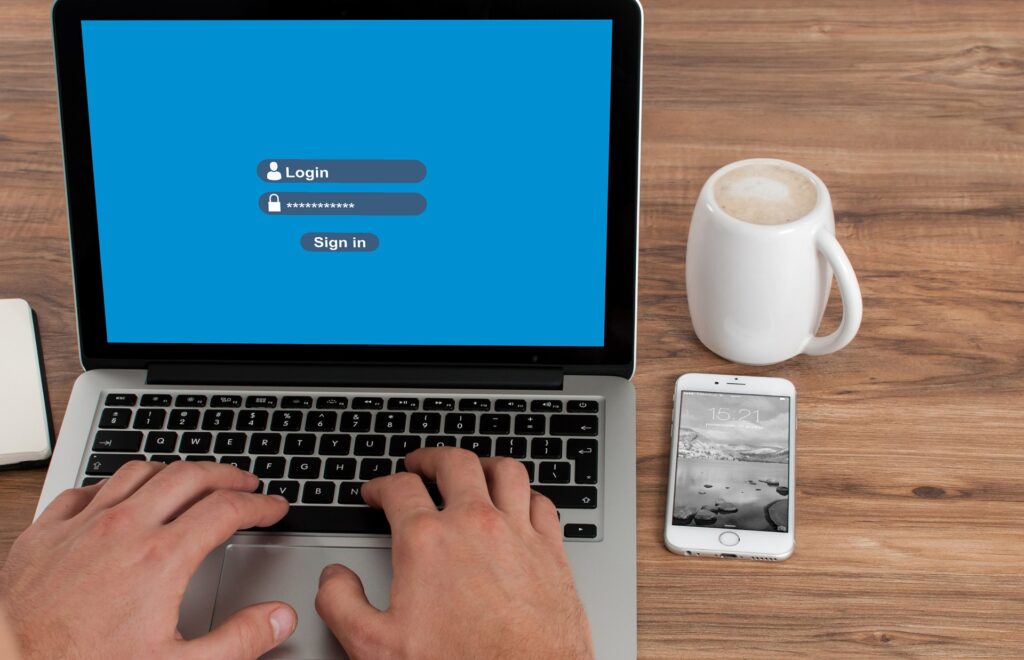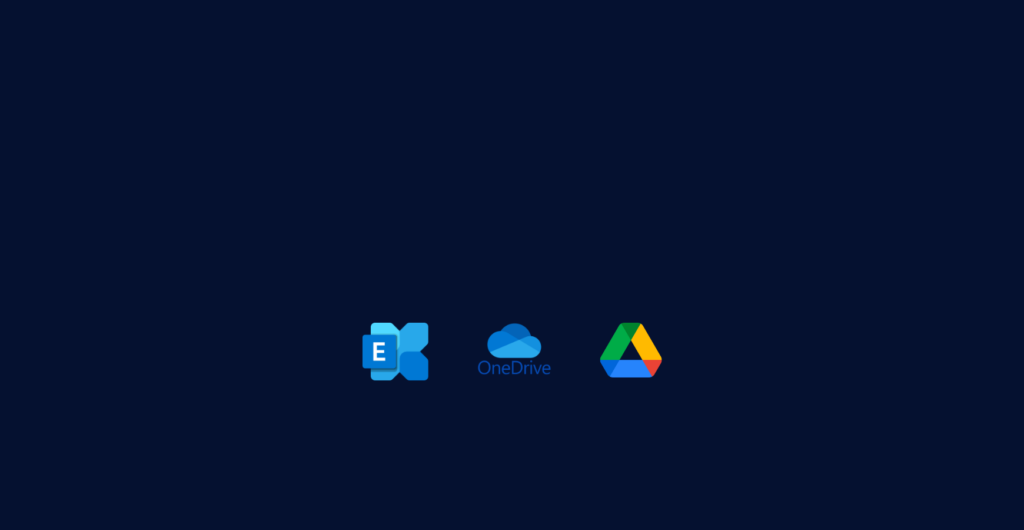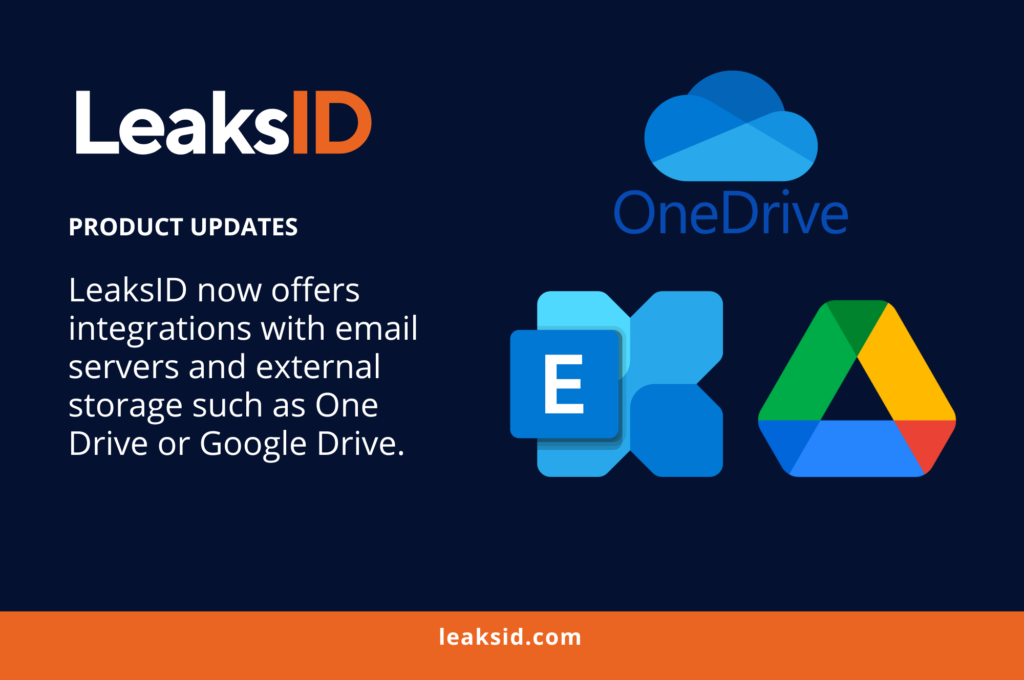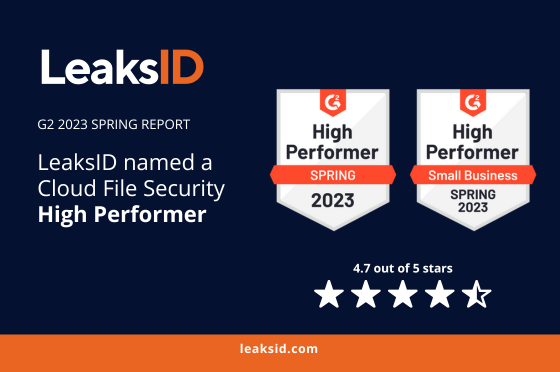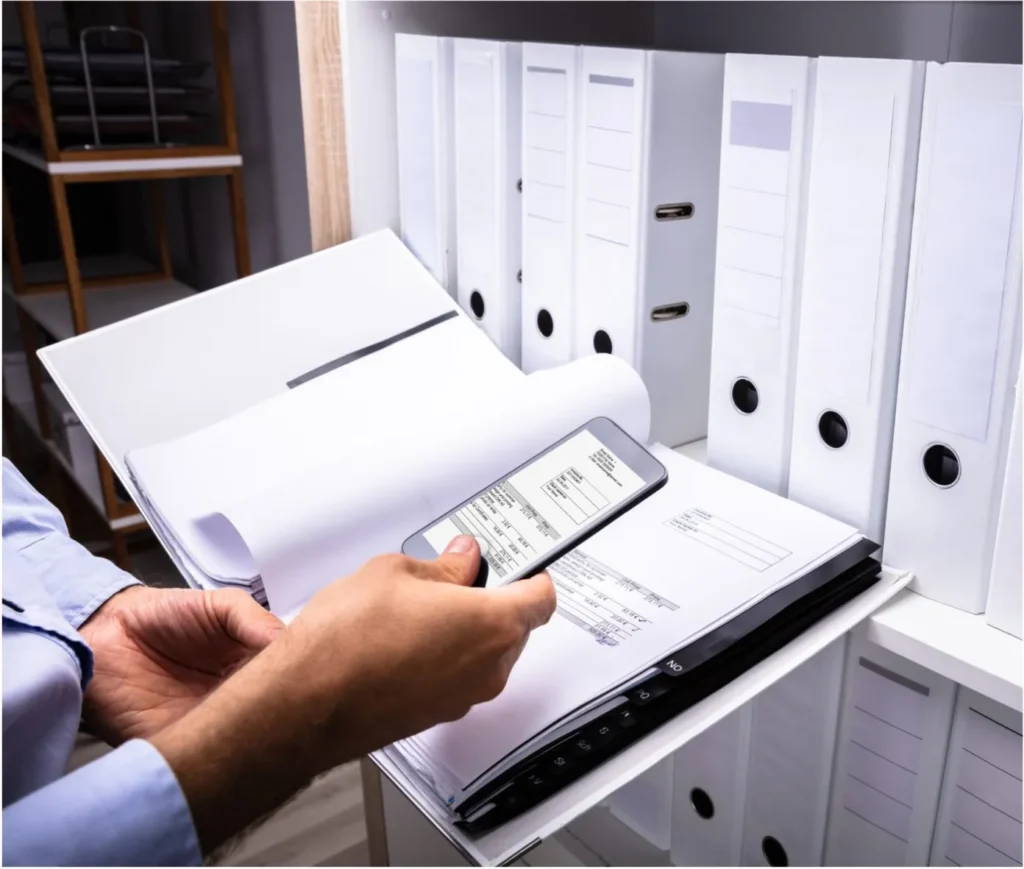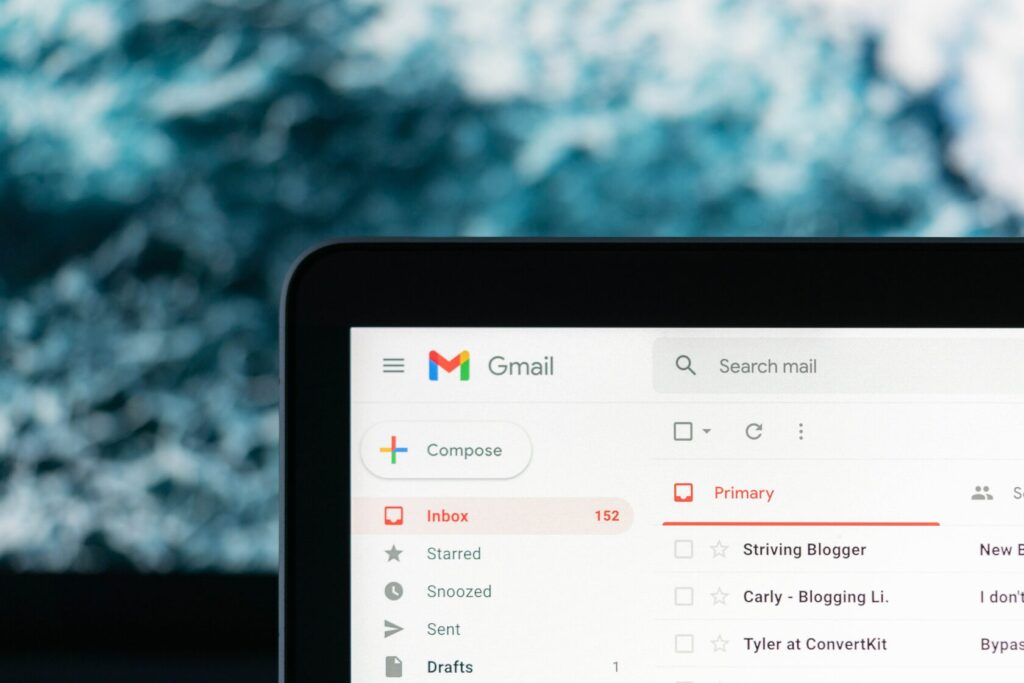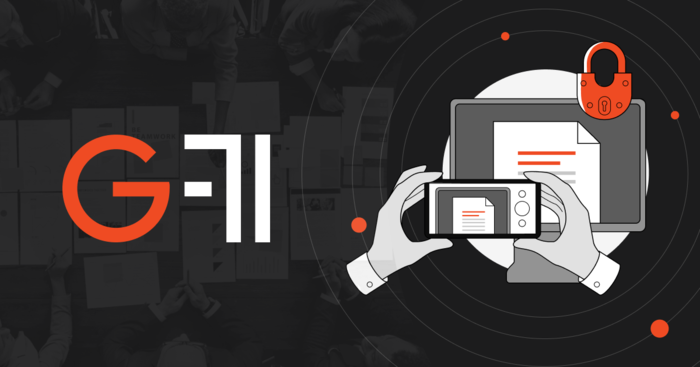Data leak protection (DLP) is a technology designed to protect sensitive data from leaving an organization.
Data leak protection (DLP) is a technology designed to protect sensitive data from leaving an organization. DLP systems monitor data that leaves the network, and can be used to prevent or detect data leaks.
The primary way to prevent a data leak is by monitoring network traffic. A DLP system monitors all traffic that enters and exits the network, checking for patterns that may indicate sensitive information is being transmitted outside of the organization’s infrastructure.
Data leaks occur when a user sends protected data out of an organization.
When you think about data leaks, you probably picture a hacker breaking into an organization’s computer systems and stealing sensitive information. While this is certainly one way for data to be unlawfully transmitted from a business to outside parties, there are many more ways for sensitive data to end up in places it shouldn’t. For instance:
– Employees may send protected information via email or fax to personal accounts. This can include financial records, trade secrets and intellectual property. If an employee sends such data over unencrypted channels (like those provided by Google), anyone with access to that account could see the documents at any time after they’re sent—even if their owner meant only for them to be accessible while logged into their work email account!
– Employees may use cloud storage services such as Dropbox or Google Drive without realizing how vulnerable these platforms are when it comes to protecting sensitive files. Also remember that any device connected directly or indirectly with company IT infrastructure can be considered part of its infrastructure (even if owned by an individual). So if a laptop containing protected information connects via WiFi or Bluetooth® radio signals with another device within range (such as another laptop), then both can potentially become exposed during this process regardless of whether either machine has been compromised beforehand.
The most common way that data leaks are detected is through the use of an intrusion detection system (IDS).
Most data leaks are detected using an intrusion detection system (IDS). An IDS is a system that monitors network activity and looks for suspicious activity. Examples of suspicious activities include:
– Inappropriate data movements across the network, such as files or emails being downloaded to a different computer than where they were created;
– Large amounts of traffic going to an unknown destination or a destination that is not authorized by IT;
– A high number of failed login attempts across multiple systems.
Some DLP systems allow you to monitor when data leaves your network in order to detect potential data leaks.
If you’re using a data leak protection system, the next step is to discover what kind of information is leaving your network. There are two ways to do this:
– at the gateway or router level (that is, monitoring all data as it leaves your network); or
– at the application layer (that is, monitoring for specific file types).
Another approach used by some tools is to identify anomalies in the movement of data within your organization. This may sound like a great idea, but it doesn’t always work very well.
Anomaly detection is a term used to describe the process of identifying unusual activity in a system, such as an intrusion attempt or an attack on your network. The system can be configured to look for anomalies in data, network traffic, or user behavior—or any combination thereof. Anomaly detection is used by many security tools such as intrusion detection systems (IDSs).
There are several common scenarios in which a DLP system can be useful, including when there is unauthorized access to sensitive or classified information, or when employees are using sensitive data for personal reasons, such as shopping online during work hours. These situations could be detected through the use of an IDS. For example:
– If an employee opens a file containing sensitive data when they’re not authorized to see it, this action would trigger an alert on your IDS that something has happened and you should investigate further.
– If someone uses their employer’s computer for personal reasons (e.g., shopping online), this will show up as well and again cause an alert that something may be wrong with your network security.
Data leaks happen regularly, and it's important to prevent them from happening on your network.
It’s no secret that data leaks happen often. In fact, according to a recent study by the Ponemon Institute, data leaks have increased over time—and not just for large organizations like Anthem and Equifax. They’re also happening on smaller networks as well.
For example, let’s say you run a small business and you have employees who work remotely (e.g., from home). You know that it’s important for them to keep their computers safe from hackers and viruses because they contain sensitive information about your company—but what happens if one day they accidentally download an email attachment containing malicious software? The hacker could gain access to all the files on their computer, including those belonging to other employees in the company! That might seem far-fetched—after all, most people would never open an email attachment unless they were expecting it—but there are other ways that hackers can get into your network: through weak passwords or through social engineering methods like phishing attacks.
How can companies enhance their information security system with complementary solutions to DLP?
While DLP solutions are comprehensive in addressing the issue of information security, they do have limitations. For example, they cannot prevent information leaks through personal smartphones, such as taking photos of confidential documents on a screen or printout. Although some companies have policies prohibiting the use of personal smartphones, this is not common practice.
To address these limitations, companies can utilize LeaksID technology along with DLP solutions. LeaksID adds an extra layer of security by creating personalized versions of documents with invisible markings via steganography every time they are opened, printed, or sent by email. This enables companies to detect the source of a leak even if the document is leaked in photo format. Additionally, LeaksID creates a deterrent effect, as employees and partners know that any attempt to compromise documents can be traced back to them.
Conclusion
The next time someone tells you that data leaks are just not a problem, remind them of the potential consequences of a data leak. If your company has sensitive information, then it’s important to make sure they’re protected as much as possible from these types of events. The most efficient approach to prevent data leaks is by using a robust DLP solution that keeps a watch on network communications and informs you of any suspicious activity. Additionally, incorporating solutions like LeaksID can further deter leaks.











